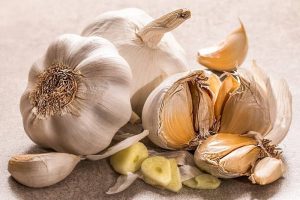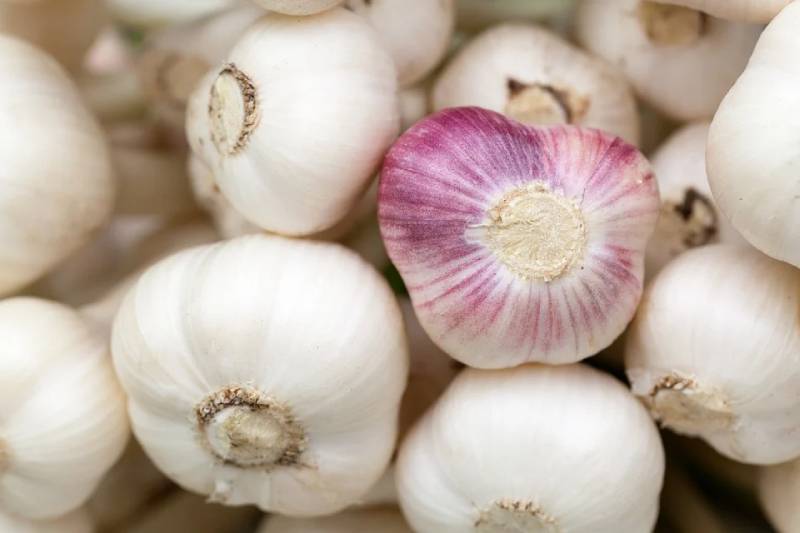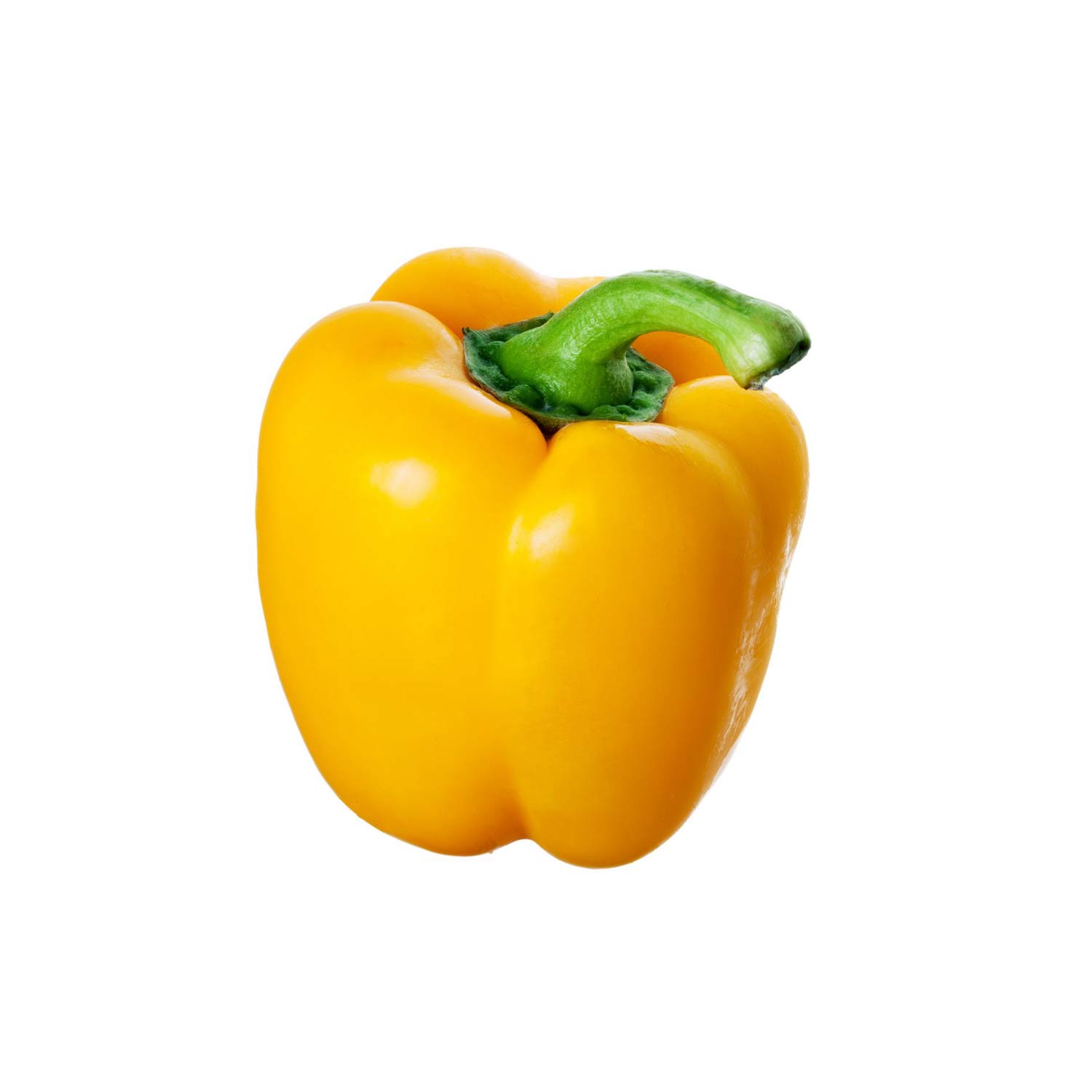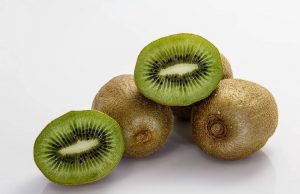A Global Market Driving Demand
Garlic Exporters: Key Players in the Global Market
Garlic serves as a popular culinary ingredient worldwide. Moreover, its strong flavor and health benefits make it a kitchen staple and a valuable export commodity. Therefore, garlic exporters meet global demand by shipping large quantities to countries everywhere. In this article, we explore the importance of garlic exporters, highlight the leading countries, and examine key markets for this versatile vegetable.


Top Garlic Exporting Countries
Several countries dominate the global garlic export market. For example:
China leads the world, producing about 70% of global garlic exports. Buyers prefer Chinese garlic due to its affordability and year-round availability. Consequently, it mainly reaches markets in Europe, North America, and Asia.
Spain ranks as a top European exporter, supplying high-quality garlic prized for its flavor and long shelf life. As a result, Spain exports to many countries across Europe, North America, and the Middle East.
Argentina plays a key role during the Northern Hemisphere’s off-season by shipping large quantities to North America, where customers highly value its quality.
India produces substantial garlic volumes and actively expands its export capacity. Additionally, Indian garlic finds strong demand in neighboring countries and growing markets in the Middle East and Southeast Asia.
Egypt emerges as a rising garlic exporter, targeting European and Middle Eastern markets. Thanks to favorable growing conditions, Egypt delivers flavorful, high-quality garlic.
Key Markets for Garlic Exports
Garlic’s widespread use drives demand in several important regions:
North America: The United States and Canada import significant amounts, mainly from China and Argentina. Indeed, increased culinary use and health awareness fuel growth here.
Europe: Countries like France, Italy, and the UK import large quantities from Spain and China. In fact, garlic remains essential in many traditional European dishes.
Middle East: Rapidly growing markets such as Saudi Arabia and the UAE import garlic mostly from China, Spain, and India. Thus, garlic’s central role in regional cuisine drives this demand.
Asia-Pacific: In Southeast Asia, garlic serves as a daily cooking staple. Similarly, China and India supply countries including Malaysia, Indonesia, and Thailand.
Why Garlic Commands Global Demand
Several factors boost garlic’s popularity worldwide:
Culinary Versatility: Garlic enhances sauces, soups, and marinades in cuisines everywhere. For instance, chefs and home cooks depend on its ability to add flavor to dishes ranging from Italian pasta to Chinese stir-fries.
Health Benefits: Garlic boosts immune function, reduces blood pressure, and fights infections. As a result, these benefits increase its use in supplements and natural health products.
Plant-Based Diet Trends: As more people adopt plant-based diets, garlic’s natural flavor-boosting qualities make it a popular ingredient for vegetables, grains, and legumes.
Industrial Uses: Additionally, industries such as pharmaceuticals and cosmetics rely on garlic’s antibacterial and antioxidant effects. This diversification opens additional export markets.
Quality Control and Sustainability in Garlic Exports
To meet rising demand and protect their reputations, garlic exporters prioritize quality and sustainability:
Strict Quality Control: Exporters apply rigorous standards from harvest to packaging to guarantee safety and quality. Moreover, proper storage and packaging extend shelf life, facilitating long-distance shipments.
Sustainable Farming Practices: Many exporters adopt eco-friendly methods, including reduced pesticide use, organic farming, and environmentally conscious packaging. This approach addresses global environmental concerns.
Regulatory Compliance: Exporters comply with import regulations and obtain certifications like GlobalGAP and organic labels. These certifications assure buyers of product safety and quality.





